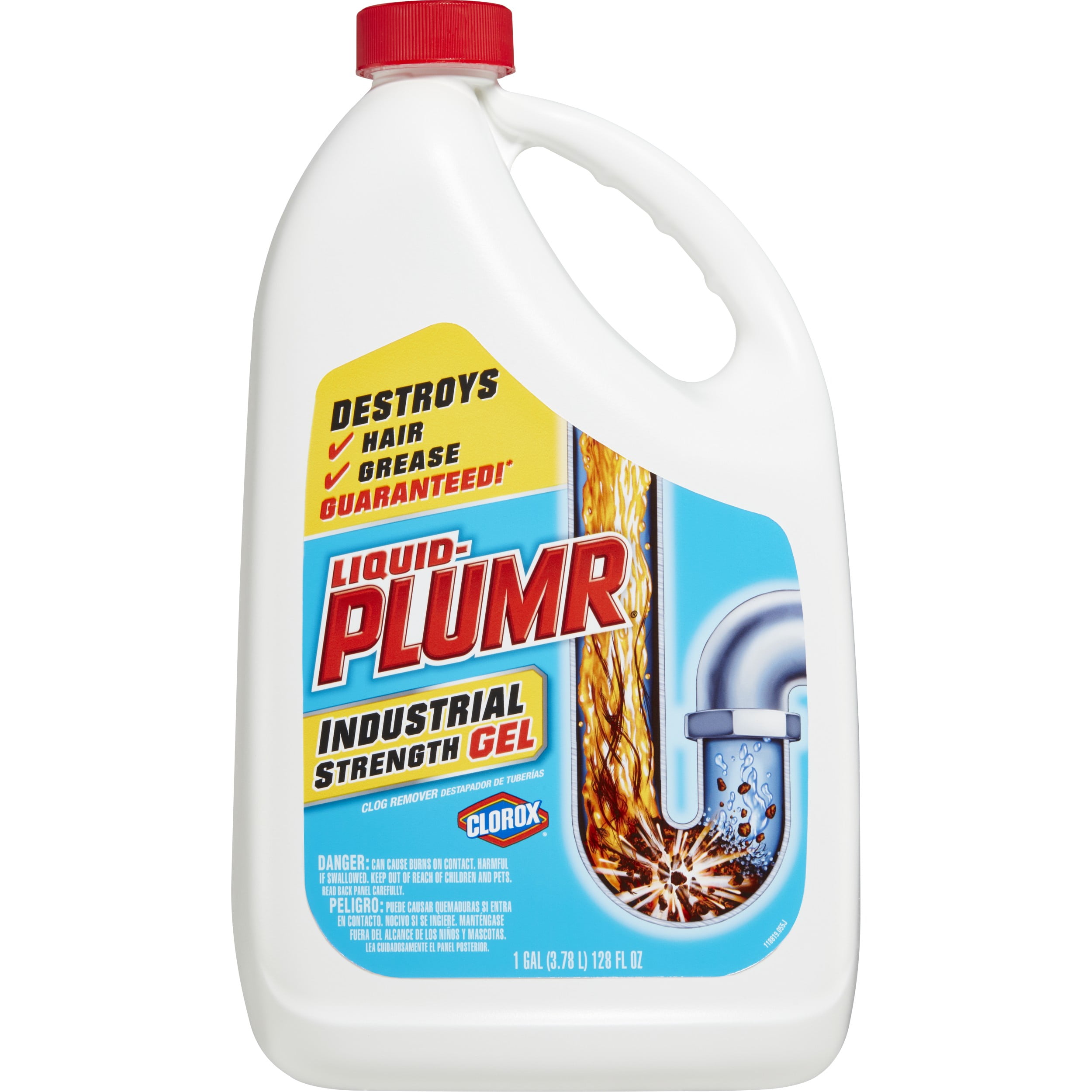The Science Behind Toilet Cleaning

Keeping your toilet clean and hygienic is essential for maintaining a healthy home environment. Understanding the science behind toilet cleaning helps you choose the right products and methods for effective stain removal.
Types of Toilet Stains and Grime, Dow bathroom toilet cleaner
Toilet stains and grime are typically caused by a combination of factors, including mineral deposits, organic matter, and bacteria.
- Hard Water Stains: These white or yellowish stains are caused by the accumulation of calcium and magnesium minerals in hard water. They are often found around the waterline and can be difficult to remove.
- Rust Stains: These reddish-brown stains occur when iron in the water reacts with oxygen, forming iron oxide. Rust stains are commonly found in areas with high iron content in the water supply.
- Urine Stains: Yellow or brown stains are caused by the breakdown of uric acid in urine. These stains can be particularly stubborn and may require specialized cleaning agents.
- Soap Scum: This greasy film is formed by the buildup of soap residue and can be found on the toilet bowl, seat, and lid. It can make the toilet look dull and can trap bacteria.
- Mold and Mildew: These fungi thrive in damp, dark environments and can cause black or green discoloration. Mold and mildew can be a health hazard and should be removed promptly.
Chemical Reactions in Toilet Cleaners
Toilet cleaners work by using chemical reactions to break down stains and grime.
- Acids: Many toilet cleaners contain acids, such as hydrochloric acid (HCl) or phosphoric acid (H3PO4), which react with mineral deposits like calcium carbonate (CaCO3) to form soluble salts. This reaction helps to dissolve hard water stains and other mineral deposits.
- Bleach: Sodium hypochlorite (NaClO), the active ingredient in bleach, is a powerful oxidizing agent that breaks down organic matter, such as urine stains, and kills bacteria. Bleach also has a whitening effect, making the toilet bowl appear brighter.
- Enzymes: Some toilet cleaners contain enzymes, which are biological catalysts that break down organic matter, such as proteins and fats, into smaller molecules. This helps to remove stains and odors.
Active Ingredients in Toilet Cleaners
- Hydrochloric Acid (HCl): This strong acid is effective at dissolving mineral deposits but can be corrosive to surfaces. It is often found in toilet bowl cleaners designed for heavy-duty cleaning.
- Phosphoric Acid (H3PO4): This acid is less corrosive than hydrochloric acid and is commonly used in toilet bowl cleaners. It is effective at removing mineral deposits and rust stains.
- Sodium Hypochlorite (NaClO): This is the active ingredient in bleach and is a powerful disinfectant and stain remover. It is effective against a wide range of bacteria, viruses, and fungi.
- Enzymes: These biological catalysts are effective at breaking down organic matter and are often found in toilet bowl cleaners designed for odor control.
Safe Use of Toilet Cleaners
- Read the Label: Always read and follow the manufacturer’s instructions on the product label. This includes information on dilution ratios, application time, and safety precautions.
- Wear Protective Gear: Wear gloves, eye protection, and a mask when using toilet cleaners, especially those containing strong acids or bleach. This helps to protect your skin, eyes, and respiratory system from harmful chemicals.
- Ventilate the Area: Open windows and doors to ensure good ventilation when using toilet cleaners. This helps to reduce the concentration of fumes and prevent inhalation of harmful chemicals.
- Avoid Mixing Cleaners: Never mix different cleaning products, especially those containing bleach. Mixing cleaners can release toxic fumes and create dangerous reactions.
- Keep Out of Reach of Children: Store toilet cleaners in a safe place, out of reach of children and pets.
- First Aid: In case of accidental contact with toilet cleaner, immediately flush the affected area with water. If you experience any irritation or discomfort, seek medical attention.
Types of Toilet Cleaners: Dow Bathroom Toilet Cleaner

Toilet cleaners are essential for maintaining a clean and hygienic bathroom. They come in a variety of forms, each with its own advantages and disadvantages. Understanding the different types of toilet cleaners can help you choose the best option for your needs.
Types of Toilet Cleaners
| Type | Benefits | Drawbacks | Recommended Use Cases |
|---|---|---|---|
| Liquid |
|
|
General cleaning, light stains |
| Gel |
|
|
Stubborn stains, odor removal |
| Tablets |
|
|
Preventative cleaning, maintaining cleanliness |
| Powder |
|
|
Heavy-duty cleaning, mineral deposits |
